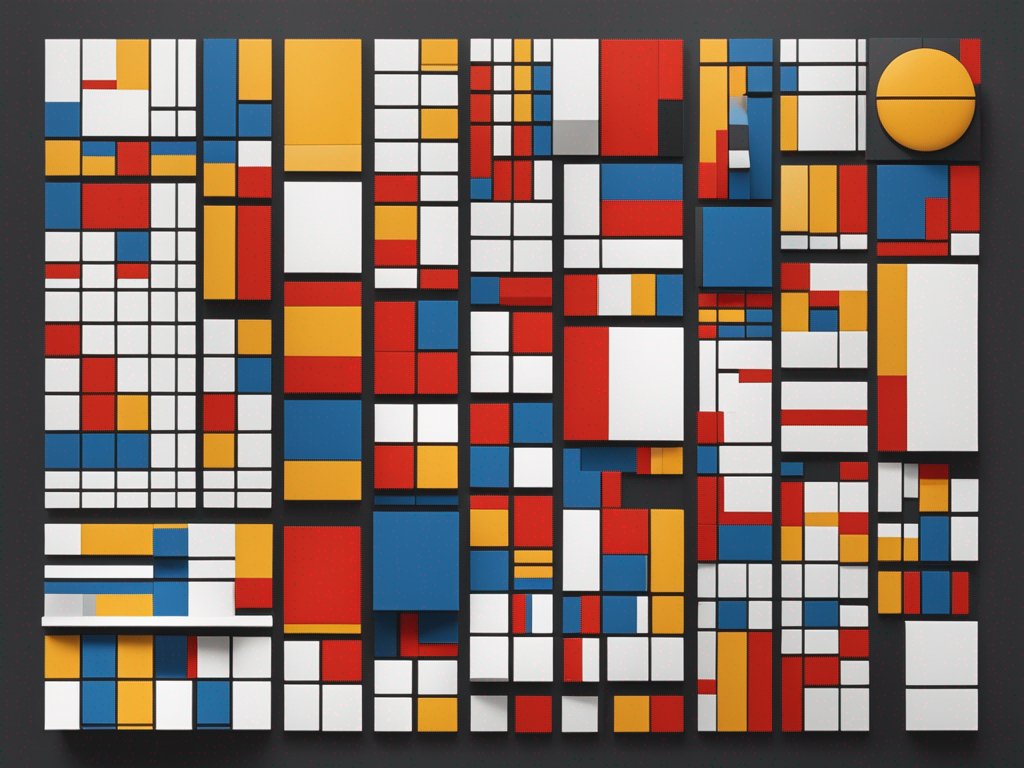Graph of Thoughts: Interpretable Algebraic Topology and Ordered Sets for Data Analysis with Cabrita Closing the Gap for LLMs in Foreign Languages
Welcome to another edition of our deep dive into the cutting-edge world of Arxiv research papers. Today, we explore the Graph of Thoughts framework’s innovative approach to problem-solving with language models, and the intriguing conversation it sparked on Hacker News. We’ll also delve into IGNNet’s strive for transparent tabular data interpretation, a comprehensive guide to algebraic topology for data scientists, Kuznetsov’s insightful exploration of ordered sets in data analysis, and Cabrita’s promising stride in improving foreign language pre-trained models. Get ready for a journey full of rich insights and lively discussions from the tech community!
Top Papers
1) Graph of Thoughts Solving Elaborate Problems
Summary:
The Graph of Thoughts framework improves large language models by representing thoughts as a graph and leveraging feedback to combine and enhance them.
Hacker News:
The post on Hacker News explores the use of large language models for problem-solving and the interest in representing knowledge as a graph. View on HN
- Graph of Thoughts is a natural extension of CoT (Chain of Thoughts) and allows for solving elaborate problems with large language models.
- The concept involves modeling a complex LLM-and-code process as a dependency graph, which offers benefits such as tracing, reproducible experiments, and speeding up iteration on prompts.
- The use of genetic algorithms with GPT4 in the context of Graph of Thoughts is a fascinating concept.
- There are already similar tooling and models available for generating knowledge graphs from academic papers.
- Negative citations in academic papers are vanishingly rare, indicating that most citations are either neutral or positive.
- The idea of using graphs of thoughts and hierarchical structures is considered beneficial for advanced information processing.
- LLMs can be utilized to address the “common sense” issue in AI and have shown progress in various areas, including image generation.
- Graph of Thoughts allows for creating arbitrary graphs, although it is primarily focused on a subclass of directed acyclic graphs (DAGs) with one-vertex loops.

2) Interpretable Graph Neural Networks for Tabular Data
Summary:
IGNNet is a Graph Neural Network (GNN) approach that focuses on interpretability of tabular data for legal, ethical, and user-related purposes.

3) Algebraic Topology for Data Scientists
Summary:
“Algebraic Topology for Data Scientists” is a comprehensive textbook that teaches algebraic topology concepts, including point-set topology, abstract algebra, and traditional homology theory, specifically tailored for data science applications.
Hacker News:
Algebraic Topology for Data Scientists explores Homology as a tool to quantify the spatial structure of data points and emphasizes the importance of recognizing the limitations of techniques such as t-SNE, with accessible blog posts available for further understanding. View on HN
- Algebraic Topology for Data Scientists involves expanding data points in space using circles to identify persistent features.
- Homology is used to measure the topological shape of the data, and it can be calculated without advanced math.
- Understanding the limitations of techniques in data science is crucial for engineers but often ignored.
- Examples like t-SNE can help in understanding these limitations, particularly when looking at clusters in MNIST.
- There are accessible blog posts available on algebraic topology for topological data analysis.
- Lindley’s paradox, which arises in hypothesis testing, is discussed in relation to the Bayesian and frequentist approaches.
- Algebraic topology has limited but remarkable applications in robotics and graph-based learning techniques.
- Calculus is commonly used for optimizing parameters and maximizing functions, while topology is useful for analyzing complex data structures.

4) Ordered Sets for Data Analysis
Summary:
Sergei O. Kuznetsov’s document explores ordered sets in data analysis, highlighting the notions of infimum and supremum and introducing a theorem on lattices.

5) CABRITA Closing the Gap for Foreign Languages
Summary:
Cabrita is a methodology that enhances foreign language pre-trained models through the use of a more efficient tokenizer.
